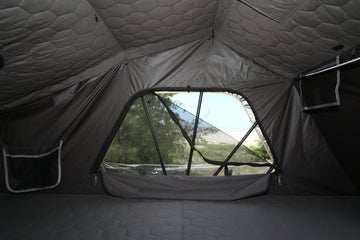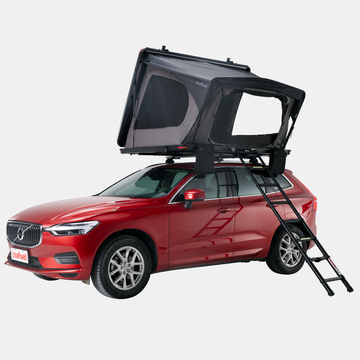
Antarctica, the Arctic, and Mount Everest are the three most famous polar exploration destinations in the world, often referred to as the "Three Poles" of the Earth. What are these regions, covered in ice and snow, really like? In this series, we will take you on a breathtaking polar adventure. We will traverse the frigid Southern Ocean, immersing ourselves in the icy world of Antarctica, exploring research stations, and observing wildlife up close. Next, we will journey across the Arctic Ocean, experiencing the stunning landscapes of the North Pole, and coming face to face with polar bears, seals, and Arctic foxes. Finally, we will arrive at the majestic Himalayas, witnessing the awe-inspiring journey of mountaineers conquering Mount Everest. We will witness the courage, perseverance, and reverence for nature that humans possess. Let's embark on this unforgettable polar expedition together and pursue the endless wonders of the polar regions.
First stop, Antarctica. 95% of the Antarctic continent is covered in ice and snow, making the journey to reach the continent incredibly challenging due to extreme weather conditions and blizzards.
Extreme Cold Weather: Due to its high altitude, thin air, and the reflection of sunlight off the ice and snow surfaces, Antarctica is the coldest place on Earth. The lowest recorded temperature on Earth, to date, was -128°F (-89.2°C).
Intense Winds: Antarctica experiences frequent storms and has the strongest winds of any continent, with winds exceeding 62 miles per hour (100 kilometers per hour) being a common occurrence. The strong winds can rapidly remove body heat, leading to frostbite or even fatal accidents. For instance, a doctor conducting scientific research at a base ventured out to feed the dogs and got caught in a blizzard. He never returned. Several years later, his well-preserved body was discovered 2.6 miles (4.2 kilometers) away from the station.
High Altitude and Steep Terrain: The interior of Antarctica is predominantly composed of ice sheets and glaciers, characterized by steep and ever-changing topography. Expedition teams must navigate through glaciers and ice peaks, facing rugged mountains and frozen water bodies. These terrain conditions not only increase physical exertion for the explorers but also pose risks of falls, slips, and injuries.
Limited Resources: Antarctica is one of the most isolated continents, far from human settlements, and resources are extremely limited. Expedition teams must be well-prepared, carrying sufficient food, water, fuel, and other necessary tools and supplies.
Psychological Challenges and Loneliness: Reaching the Antarctic is a monumental feat that tests one's resilience. Even with all the survival skills and knowledge of the dangers of Antarctica, this land remains lethal to anyone who sets foot on it. In this harsh and extreme environment, it can be challenging to retrieve bodies in case of accidents. Contact with the outside world is severely limited in the frigid environment, leading to prolonged periods of solitude and separation from loved ones, potentially affecting the explorers' emotions and morale.





